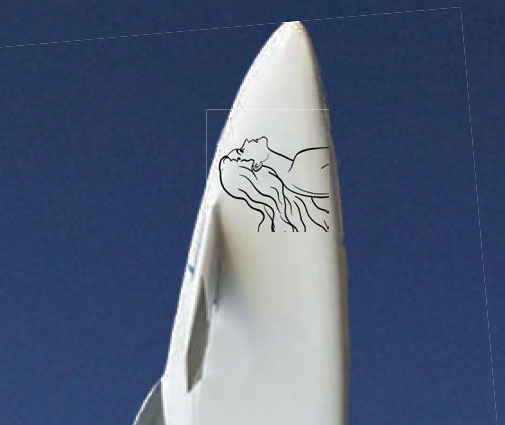You’re all probably tired of all the AI hype. But, as I’ve been looking at it, I’m quite sure that more and more of the text you read will have increasing amounts of AI input. The world, however, is not coming to an end.
People like me, who sell personally created text, will probably be the last holdouts. If you want AI-created text, you can create it yourself with any of the myriad ChatGPT apps already on the market. If you want Henry Melton stories and blog text, you can be confident that anything with my name on it, like this website will be created by me, not some large language statistical model.
That said, AI is a useful tool. I’ve already used it once in this blog, when I misspelled myriad and the built-in spellchecker flagged it for me to fix. At the low level, like spelling and grammar checkers, we’ve all been using this kind of AI tool, and we don’t even think about it anymore.
I can remember being at a convention a couple of years ago, selling my books, when a early teen guy came by, giddy at his new toy. He was using the iPhone’s auto-suggested text to create a story of his own, just by picking from the three suggestions that the software was giving him. I didn’t have the heart to tell him that his generated text was nonsense gibberish.
ChatGPT and it’s cousins are much like that, although they’ve gotten so much more competent at producing readable text. I could even see a near-term future where an author could write a first draft and then get an AI assistant to rewrite everything so that it would read more smoothly and have perfect spelling and grammar. I suppose there are tools like that out there now—not that I would use them. I don’t even use tools like Grammarly because it “sanitizes” the text and the result doesn’t even sound like me. If the end-result isn’t Henry Melton text, then what’s the purpose of it?
The reason I started this blog post is because I’ve just received an advertisement for Jetpack’s AI Assistant that will allow you to autogenerate blog posts in your WordPress site based on your prompts and style choices.
Be warned. If this takes off, many of the blogs you read will become that much more distant from the creator’s mind. For some blogs, that may be an advantage. But it’s not for me.
But now, a little disclosure. I have already used a little AI artwork for my latest cover. Let me step through what I did.
As I wrote Maker on the High Road, I visualized a number of cover concepts. Some would have been cuter, but I settled on the idea of the hero’s modified Long-EZ airplane, heading straight up, above the clouds, reaching for space.

If my budget had allowed, I might have just sent that concept to one of the artists I have used before and waited a couple of months for them to produce a version of it. I would have paid the few hundred dollars for the artwork and gone on from there.
This time, because of time constraints and, sad to say, a budget shortfall, I decided to mock up a version in Photoshop myself. It was decent. However I wanted it to look a little better.
One issue was the artwork on the nose of the plane. I knew the style I wanted and I had even met the artist I wanted to use. I sent her a proposal, hoping I could get that portrait sketch for under a hundred dollars. Sadly, after a few weeks, there was no response from the artist.

The Stable Diffusion artwork-from-a-text-prompt software had come out and was generating a lot of public comment. I sampled it. The idea of using this kind of software to generate the whole cover produced ugly, unusable results. Maybe I could have done better with a lot more practice generating my prompts, but part of the problem was that the software had no idea what a Long-EZ airplane looked like.
Still, with a narrowed-down target, I was able to make a sketch that was usable as the nose art for the plane. I would have paid a real artist for this, but I’d tried that and I was out of time.
The second issue was finding a good cloudscape. I reviewed a lot of stock art images and couldn’t find anything cheap enough or royalty free. The AI produced several good candidates and I used one of those. If I had the money, maybe I’d have paid for that image, but the software-generated one was just what I needed.
As for the rest of the cover, it was all grunt work by myself using Photoshop. There are many LongEZ plane images for free and I altered one to match the story. I also had to add a pilot and other small details.
But in the end, I had a decent cover that didn’t break my budget.
Of course, as soon as I finalized on that, there was a public outcry that using AI artwork was a scheme by the Devil to put all righteous human artists out of work. I had a moment of doubt, but I was already committed.
Will I use AI artwork tools in the future? Probably. The beta of Photoshop already has all that stuff built in, and it’ll be mainstream before too long.
Will I turn the concept for a book over to a human artist to create as I’ve done dozens of times before? Probably. I know where my artistic weaknesses lie and a good human artist can make a book appealing. I probably won’t even ask if that artist has used AI tools in getting the job done.
AI is giving us new tools and it’s going to be the human creators job to use the right tools to produce the best result.